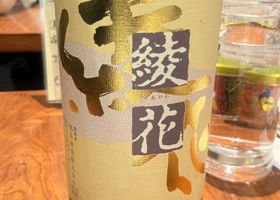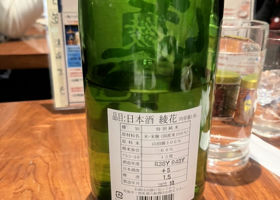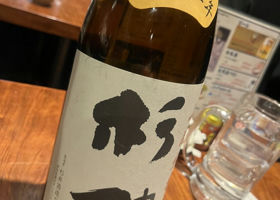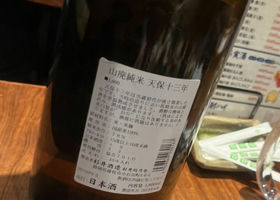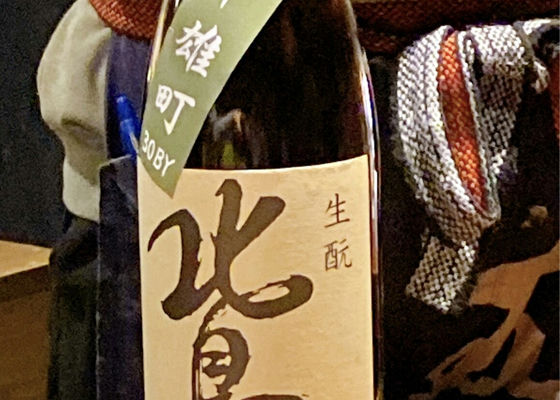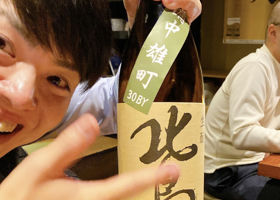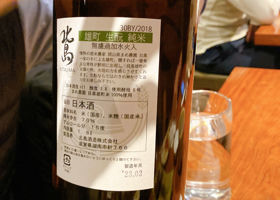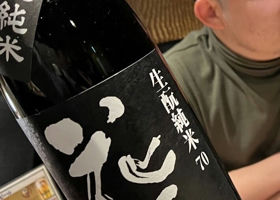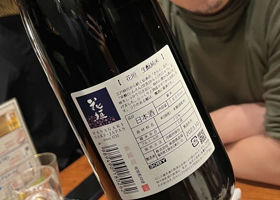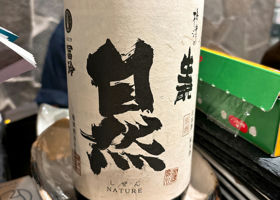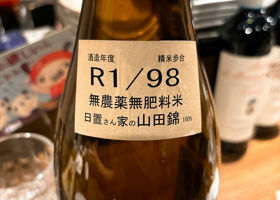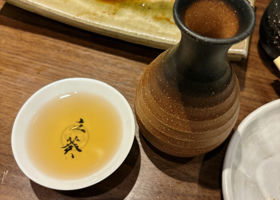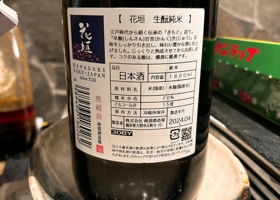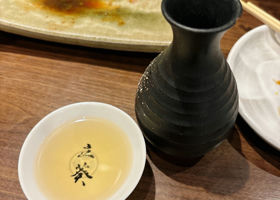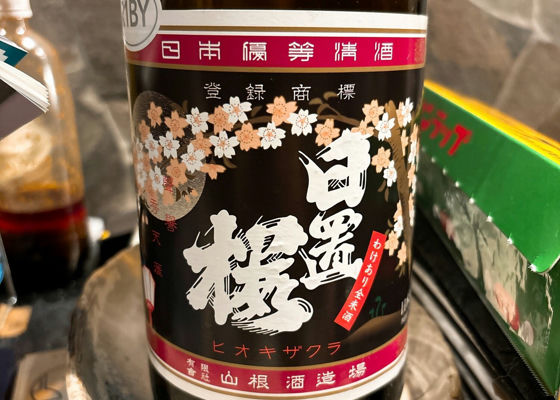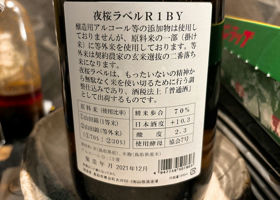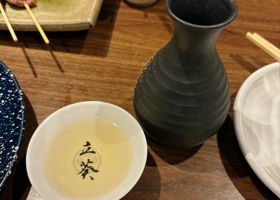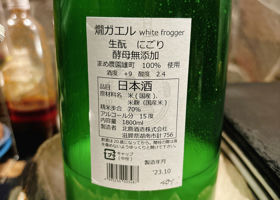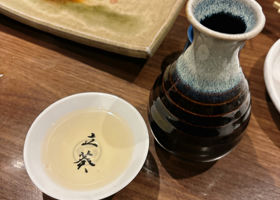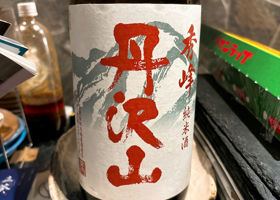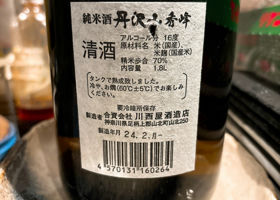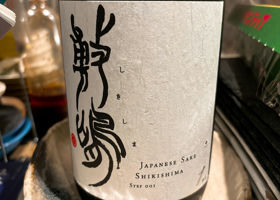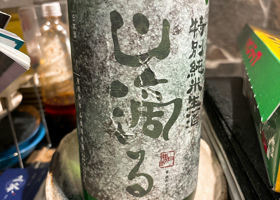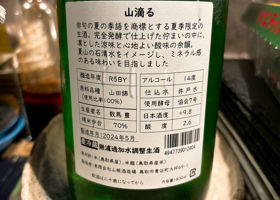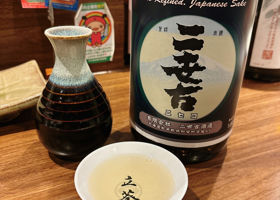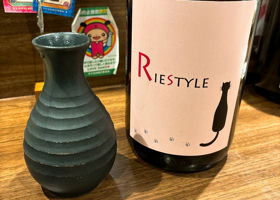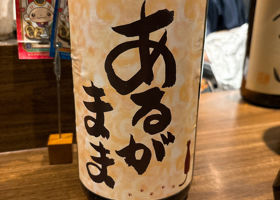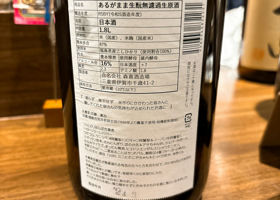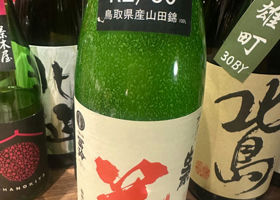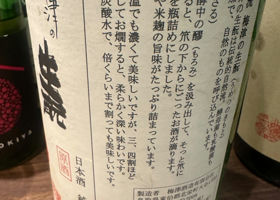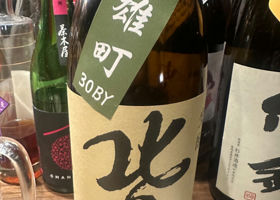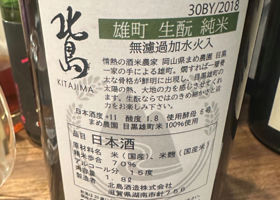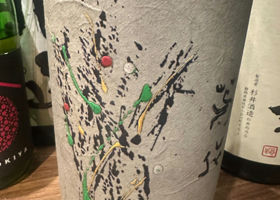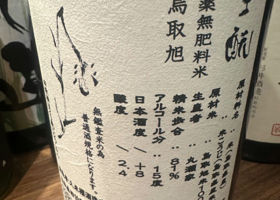Timeline
まーつRumiko!
The first brand of sake that I found tasty.
This time it was a very dry sake with a sake strength of +14!
It was a taste that complimented the snacks! まーつFirst Fukuoka Sake
Cute label! まーつWe had our first Yamahai.
It is dry and goes well with food! まーつJunmai made with Omachi, a sake brewed using the raw yeast method.
Also recommended by the owner and served hot!
It also goes well with yakitori! まーつFirst time to drink sake made from the traditional sake yeast yeast yeast with hot sake recommended by the owner!
It goes really well with yakitori! やす☆R1BY in warm water. The color was brown. Memory is doubtful, but there is a note of burnt and mildness. やす☆H30BY was served warm. The color is amber.
It has a soft caramel-like sweet flavor and is irresistibly delicious. Personally, it was the best I had that day. やす☆R1BY was served warm. The color is pale yellow.
It has a soft sweetness and sharpness in spite of its sake strength. やす☆R4BY was served warm. It has a soft nigori graininess, but also has a sharpness. やす☆2018BY in warmer temperature. The color is a light yellow.
The taste is basically dry, with a sake degree of +11 even when heated, but with a hint of maturity and a sharpness accompanied by the acidity of the sake's nama yeast. やす☆Warmed. It has a soft umami and a sharpness that is the high point of heated sake. やす☆The first step of R3BY was laid down. The first step, which we drank before, was a completely different thing since it was a draft.
It was slightly fresh, as if it had been corked the day before. It has a good umami and acidity typical of Shikishima, but I wonder if the aging process has softened the umami. やす☆It has a fresh and crisp summer sake feel, but also has the firmness typical of Hiokizakura. やす☆First Niseko in a while, 2016BY, warmed up. The color is a pale yellow.
It is beginning to have a mild and soft caramelized taste. Very good balance of sweetness and burnt, with a nice sharpness. やす☆R3BY was served warm. Not much of an aged feel, but a mellow, good umami flavor with a nice crispness from the warmed sake. やす☆It is fresh and has a good thickness and sharp sharpness. The sake level seems to have been higher than intended, but the lack of sweetness and heaviness, which is common in Takanoyume, is a good impression, and it is good as a food sake. やす☆The owner of KANZAKENOJO in Fukushima commissioned Moriki Sake Brewery to make this sake. The unfiltered, unpasteurized, raw sake made from the original yeast is a rarity for Moriki Sake Brewery.
It has a clear, crisp mouthfeel that is hard to believe that it is low-polished, and it finishes with the crisp, fresh acidity of the nama yeast. The freshness is moderate, but the roughness of the sake is there. RecommendedContentsSectionView.title


